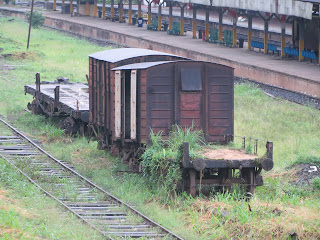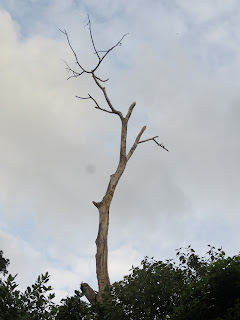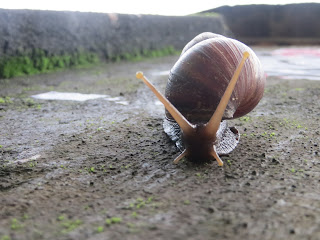An Old Train Goods Compartment in Nawalapitiya railway station sri lanka which was left for about many years

Rust is an iron oxide, usually red oxide formed by the redox reaction of iron and oxygen in the presence of water or air moisture. Several forms of rust are distinguishable both visually and by spectroscopy, and form under different circumstances. Rust consists of hydrated iron (III) oxides Rusting , a well known example of corrosion , is the breakdown of the metal iron. The reactants of this chemical reaction are iron, water, and oxygen, and the product is hydrated iron oxide, better known as rust . Rust is another name for iron oxide, which occurs when iron or an alloy that contains iron, like steel, is exposed to oxygen and moisture for a long period of time. Over time, the oxygen combines with the metal at an atomic level, forming a new compound called an oxide and weakening the bonds of the metal itself Let's return to the chemical reaction in which iron (Fe) combines with oxygen (O 2 ) to form rust , or iron oxide (Fe 2 O 3 ). The equation for this rea





